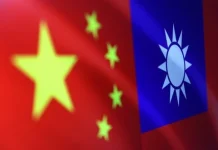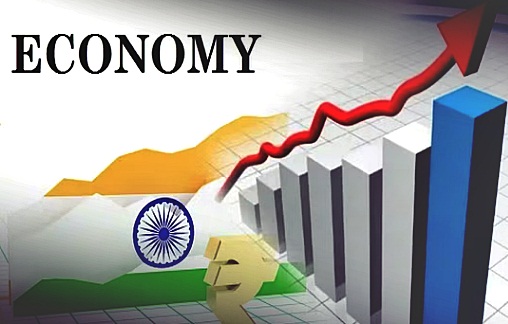India is poised to become one of the most exciting investment destinations in the world and may even outperform China in the coming years, according to ace investor Jim Rogers.
In an interaction with IANS, Rogers said, “I have been around the investment world for decades, and for the first time in my life, I see that the people in Delhi understand economics.”
“India is rising again. I think the people in Delhi understand what needs to be done and are trying to do it. That would be wonderful for India and for the world. If India can actually open up and engage in trade with the whole world, you cannot believe how exciting the country’s future could be,” said the American investor and financial commentator.
“I don’t have investments in India right now, but I really, really want to invest more in the fastest-growing economy,” he added. Rogers also noted that if the market declines and stays down for a while, “I want to put more money in India.”
India is projected to become the world’s fourth-largest economy in 2025, with the country’s nominal GDP expected to rise to $4,187.017 billion—surpassing Japan’s GDP, which is pegged at $4,186.431 billion—according to the IMF’s latest World Economic Outlook report.
Commenting on Free Trade Agreements (FTAs), Rogers told IANS that increased free trade is beneficial for the world, and particularly for India.
“It will be extremely exciting for the world, including foreign investors,” he said.
India has signed 13 FTAs with its trading partners and is currently negotiating several more, including: the India-EU FTA, the India-Australia Comprehensive Economic Cooperation Agreement (CECA), the India-Peru Trade Agreement covering goods, services, and investment, the India-Sri Lanka Economic and Technical Cooperation Agreement (ETCA), and the India-Oman FTA.
India and the United Kingdom have signed a landmark FTA that is significant not only in terms of scope—covering reductions across 90 per cent of tariff lines—but also in its symbolic value, marking a shift in post-globalisation economic strategy.
According to an SBI report, the agreement signals a new global trade strategy for India, which includes reducing dependence on China, navigating U.S. tariffs, and recalibrating post-Brexit relations with Britain.
Moreover, India has also initiated a review of its existing FTAs, including the India-South Korea Comprehensive Economic Partnership Agreement (CEPA) and the ASEAN-India Trade in Goods Agreement (AITIGA).











































